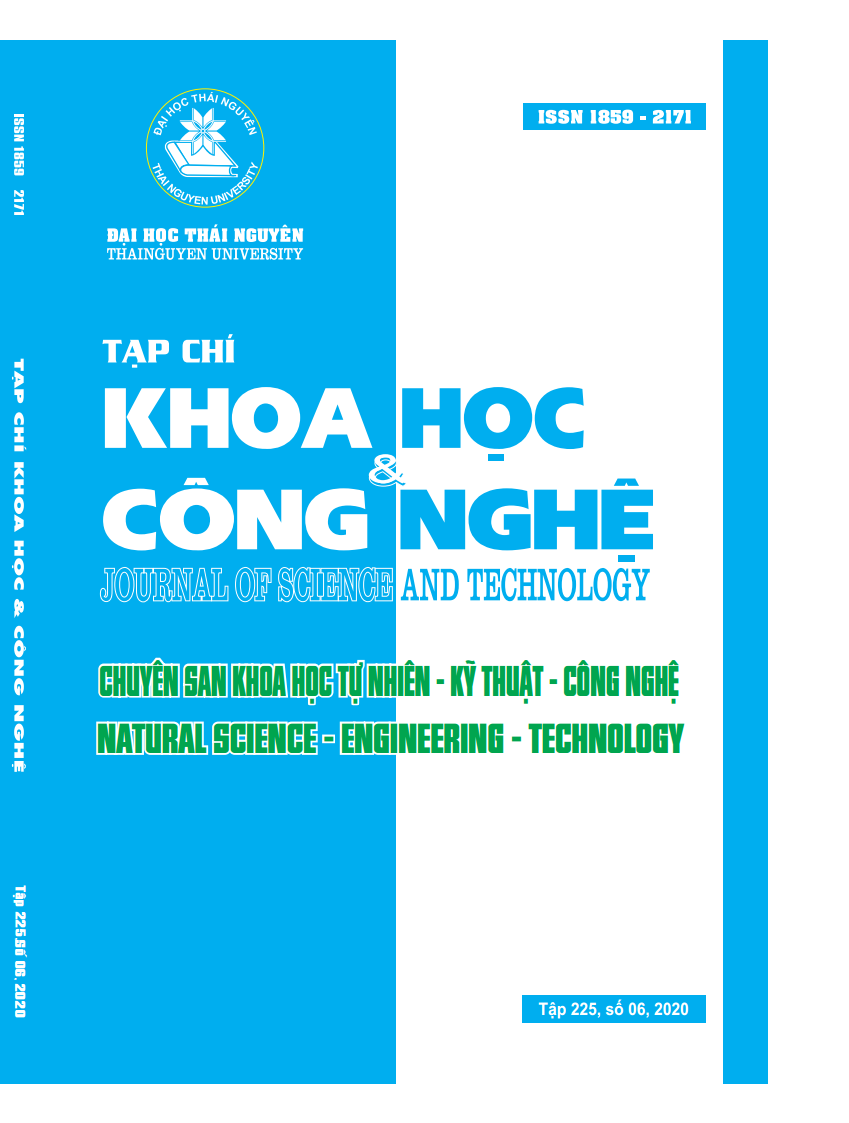POST-TREATMENT OF GLYPHOASTE IN WATER BY MEMBRANE BIOREACTOR (MBR): STUDY OF THE PARAMETERS EFFECT ON THE EFFICIENCY
Abstract
After pre-treatment by an advanced oxidation process such as electro-fenton, Glyphoaste herbicide is largely brokend down into Glycine, a biodegradable organic compound. Therefore a membrane bioreactor (MBR) using a hollow fiber microfiltration membrane of size 0.3 µm (membrane area of 0.2 m2) has been studieded in a laboratory to treat an aqueous solution of Glycine in order to apply it for secondary treatment of wastewater containing Glyphoaste. The results have shown that aeration mode and sludge retention time (SRT) were strong parameters affecting treatment efficiency of MBR system. Aeration/ non-aeration mode of 60/60 minute and SRT of20 - 28 days, corresponding to MLSS of 7,900 - 9,000 mg.L-1, were suitable conditions for Glycine treatment by MBR. This result was applied in real wastewater treatment with COD of 1,400 – 1,450 mg.L-1, Glyphosate concentration of 29 - 29.5 mg.L-1 and NH4+concentration of 16 - 16,5 mg.L-1. After pre-treatment byan electro-fenton, COD decreased to 205 mg.L-1 and after secondary treatment by MBR, COD decreased to 32.5 mg.L-1, lower than the limit value of QCVN 40:2011/BTNMT column A. The ammonium and Glyphosate concentration in treated wastewater were also many times lower than the Standard.

